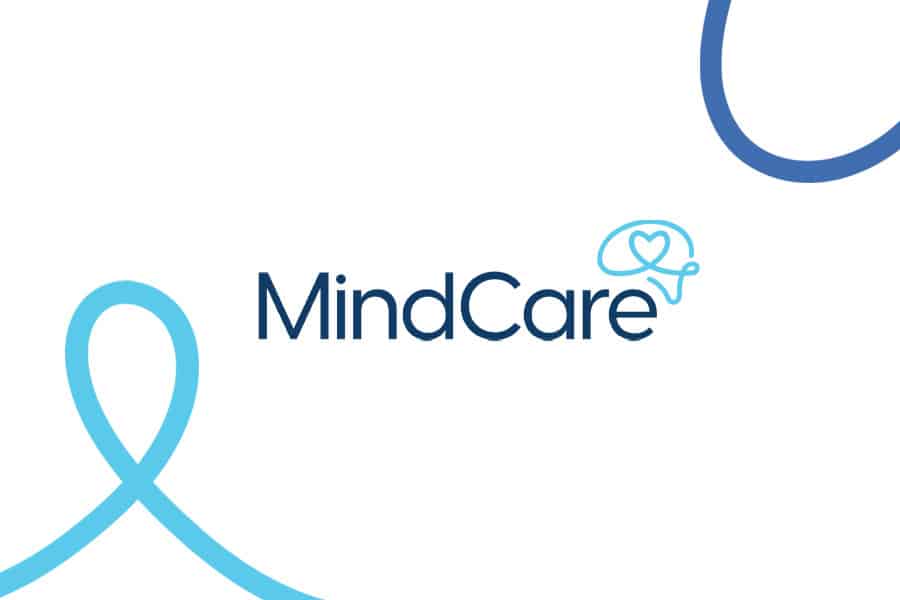Pain is a sensory and emotional response to real or potential tissue damage.
According to the International Association for the Study of Pain (IASP):
“An unpleasant sensory and emotional experience associated with, or resembling that associated with, actual or potential tissue damage.”
Pain is subjective. It can exist without visible injury. The brain decides whether to create pain by interpreting signals from the body and combining them with memory, mood, and context.
How does pain protect the body?
Pain acts as an early warning system to prevent harm.
The body contains nociceptors—nerve endings that detect threats. When activated, they send signals to the brain. The brain assesses these signals and context to decide whether to produce pain.
Example:
- Wearing new shoes creates pressure on your toe.
- Nociceptors send warning signals.
- The brain registers the pressure, your plans to walk 5km, and unfamiliarity with the shoes.
- It produces pain to make you act before a blister forms.
Result: Pain triggers protective behaviour before physical damage worsens.
What is chronic or persistent pain?
Persistent pain lasts longer than three months, often beyond tissue healing.
It can begin after:
- Physical trauma or injury
- Surgery
- Infections
- Autoimmune conditions
- Cancer or its treatment
- Or no clear initial cause
Chronic pain becomes a condition in itself. The original injury may be gone, but the pain remains.
Why does chronic pain continue?
Chronic pain results from changes in the nervous system.
The nervous system becomes overprotective. Even when tissue is healed, the brain continues to interpret signals as dangerous and creates pain.
Key mechanisms:
- Central sensitisation (increased sensitivity)
- Pain memory in neural pathways
- Altered thresholds for what the brain considers “danger”
Outcome: The brain falsely believes pain is still needed for protection.
How many Australians live with persistent pain?
3.4 million Australians live with chronic pain.
Data from Pain Australia shows:
- 1 in 5 people experience persistent pain
- 68% are of working age
- 40% of early retirements are caused by chronic pain
Chronic pain is a major national health and economic burden.
How does chronic pain affect daily life?
Chronic pain impacts nearly all aspects of life.
Common effects include:
- Physical limitations and reduced mobility
- Emotional distress (anxiety, depression, anger)
- Increased risk of social isolation
- Financial stress due to loss of work or medical costs
Persistent pain is not just physical—it also changes how people live and interact with others.
How can persistent pain be managed?
Effective pain management requires a multidisciplinary approach.
Seeing only a GP or specialist is rarely enough. Pain affects the body, emotions, thoughts, social life, and work. Treatment must address all these.
Key components of pain management
| Area | Recommended Strategies |
| Physical | Gradual return to movement, strength training |
| Psychological | ACT (Acceptance and Commitment Therapy), CBT |
| Medical | Pain education, medication review, coordinated care |
| Social/Functional | Activity planning, work adjustments, community support |
Source: Tame the Beast
How can a psychologist help with pain?
Psychologists treat the emotional and behavioural factors that maintain pain.
Pain often brings frustration, anxiety, grief, and fear. These emotions can increase pain sensitivity and reduce participation in life.
A psychologist can:
- Teach coping strategies for flare-ups
- Help identify thought patterns that worsen pain
- Support behavioural activation to regain daily functioning
- Work with your GP or physio as part of an integrated team
Why do thoughts and emotions influence pain?
Pain is influenced by what you think, feel, and expect.
Fear of pain can lead to avoidance of:
- Activities (e.g. walking, work)
- Places (e.g. gyms, parks)
- People (e.g. friends, co-workers)
Avoidance increases:
- Isolation
- Low mood
- Pain intensity
Psychologists help break these cycles and support re-engagement with life—even while living with pain.
Where can you learn more about pain?
Explore trusted pain education resources:
These resources explain the neuroscience of pain and offer practical strategies for recovery.
Ready to take the next step?
Want to take control of your pain and regain your quality of life?
You don’t have to do it alone. At Mind Care, you’ll work with professionals who understand how pain affects both your body and mind.
Contact us today to explore a personalised treatment plan that helps you rebuild confidence, restore balance, and improve your wellbeing.








